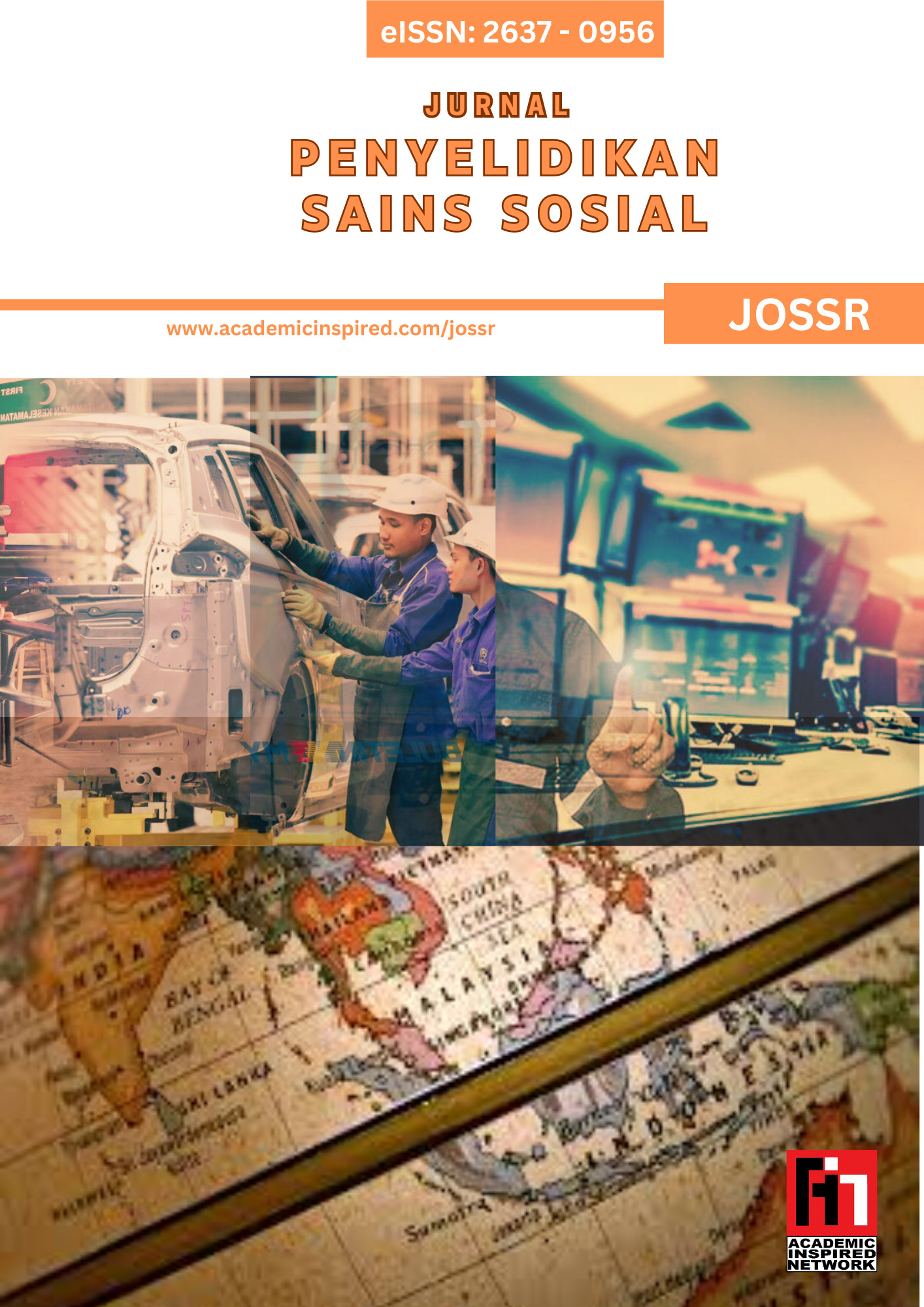An investigation and optimization parameter for the mechanical strength of Acrylic Butadiaiene Styrene (ABS) printed part in 3d printing
Keywords:
3D printing, Acrylonitrile Butadiene Styrene (ABS), Design of Experiment (DoE), Taguchi, Mechanical StrengthAbstract
3D printing is Additive Manufacturing (AM) technology that capable of realizing virtual solid models into physical models through a fast and easy process. In the industry of automotive, aerospace and household appliance, there is great demand for polymeric material in term of strength and toughness. This study to investigate effect of process parameter on tensile, flexural, and impact strength of Acrylonitrile Butadiene Styrene (ABS) printed part. Design of Experiment (DoE) Taguchi in Minitab 17 software was used to find the optimum parameter setting for infill pattern, layer thickness and printing speed, in order to achieve maximum tensile, flexural and impact strength of 3D printed part. Testing specimens were prepared by Ultimaker Cura 3.4.1 slicing software and fabricated by Ultimaker 3D printer. The tensile, flexural and impact test were conducted according to the standard and procedures ASTM D638-14, ASTM D790-03 and ASTM D6110-04. The optimum process parameter setting for tensile strength is A1 B1 C2 (Grid, 0.1 mm, 50 mm/s), flexural strength A3 B2 C3 (Cross, 0.2 mm, 70 mm/s) and impact strength A1 B1 C2 (Grid, 0.1 mm, 50 mm/s). After optimization, the experimental result show tensile strength 26.4710 MPa (12.45%), flexural strength 53.7866 MPa (0.41%), impact strength 1.95 Joule (0.98%). The errors between the predicted and experimental values are less than 15%. From this percentage it can be concluded that predicted and experimental result has agreed each other and good as a reasonable result.













